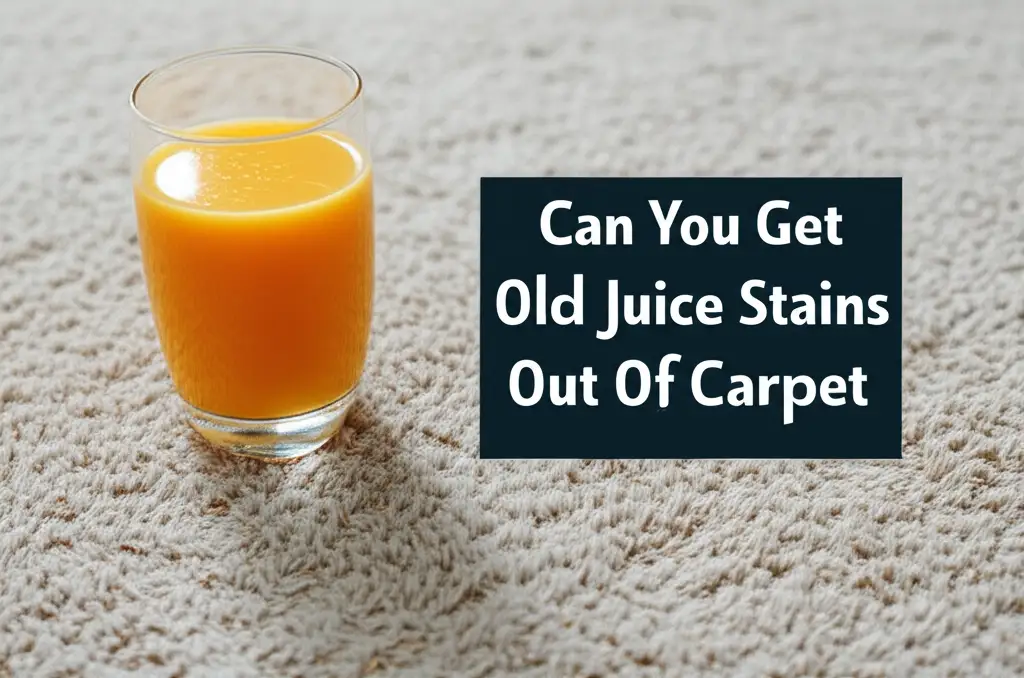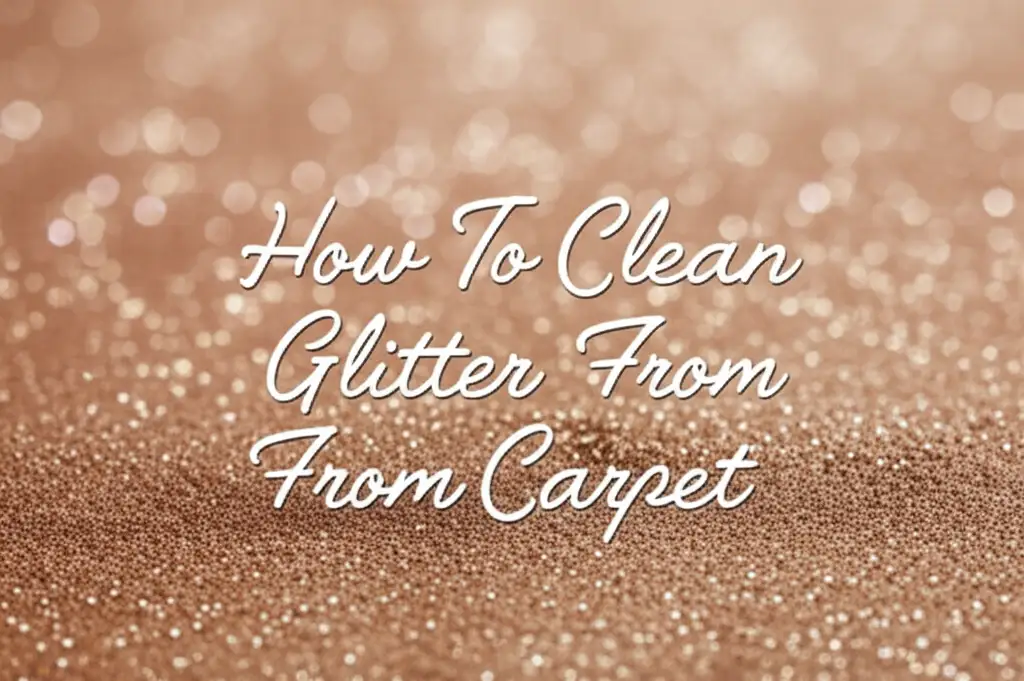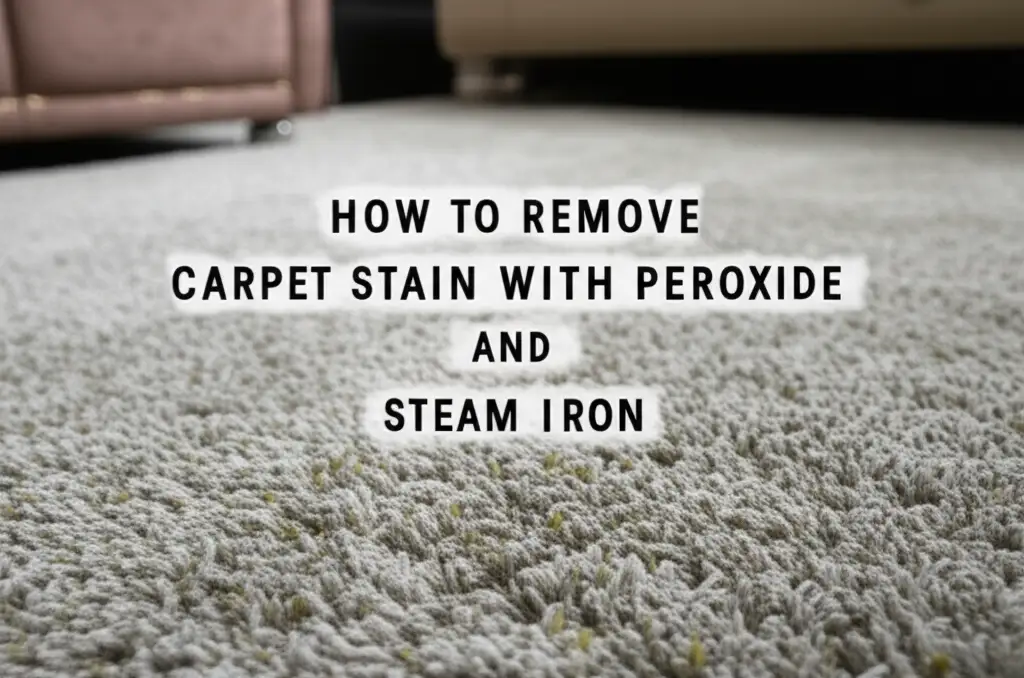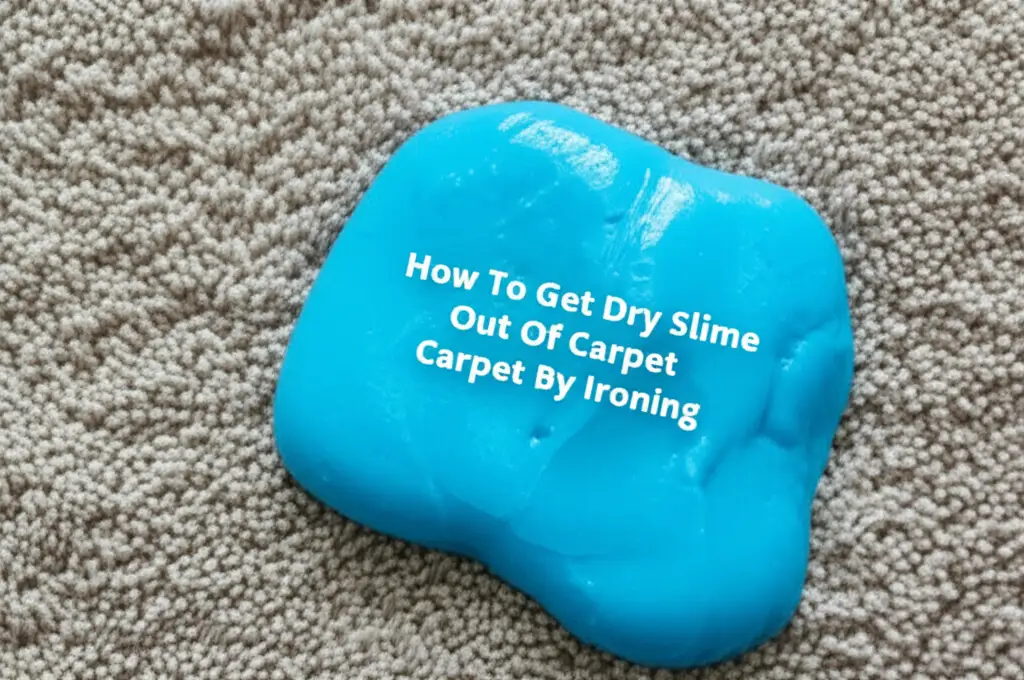· Liora Benning · Home Cleaning · 14 min read
Can You Get Old Juice Stains Out Of Carpet

Can You Get Old Juice Stains Out Of Carpet?
Have you ever walked into a room and spotted that glaring, colorful reminder of a past spill? An old juice stain on your carpet can feel like a permanent mark. You might think it is impossible to remove once it dries and settles in. Many people feel discouraged, believing the carpet is ruined.
However, I have good news for you. Getting old juice stains out of carpet is often very possible. It requires patience, the right approach, and suitable cleaning products. This article explores effective ways to tackle even the most stubborn, dried-on juice marks. We will cover how to assess your stain, gather essential tools, and apply various cleaning solutions. We will also discuss when to consider professional help and how to prevent future spills.
Takeaway:
- Act quickly when spills happen, but know that old stains are often treatable.
- Identify your carpet fiber before applying any cleaning solution.
- Test all cleaning solutions in an inconspicuous area first.
- Blot, do not rub, to avoid spreading the stain or damaging fibers.
- Rinse thoroughly and dry the area completely after cleaning.
Yes, you can often get old juice stains out of carpet. Success depends on the juice type, carpet material, and how long the stain has been there. With the right techniques and products, you can significantly reduce or fully remove stubborn discoloration.
Assessing Your Old Juice Stain and Carpet Type
Before you grab any cleaning solution, understanding your specific situation is important. Not all old juice stains are the same, and neither are all carpets. Taking a moment to assess these factors helps you choose the most effective and safest cleaning method. This step prevents potential damage to your carpet.
First, examine the juice stain itself. What kind of juice was it? Darker juices, like grape or cherry, contain stronger dyes. These dyes make them more challenging to remove than lighter juices, such as apple or white grape. Note the size of the stain and how deeply it seems to have penetrated the carpet fibers. Old stains often set deeply into the fabric.
Next, identify your carpet’s fiber type. Most residential carpets are made from nylon, polyester, polypropylene (olefin), or wool. Each fiber reacts differently to cleaning agents. Wool carpets, for instance, are natural fibers and require gentler, pH-neutral cleaners to prevent damage or shrinking. Synthetic fibers like nylon or polyester can often withstand stronger solutions. If you are unsure about your carpet type, check the care tag or consult the manufacturer’s website. Understanding these details helps you treat the stain without harming your carpet. This careful assessment sets the stage for successful stain removal.
Gathering Your Tools: Essential Cleaning Supplies
Having the right tools and supplies on hand makes the old juice stain removal process smoother. You do not want to stop midway to search for an item. Preparation is key to tackling these stubborn marks effectively. Many of these items you might already have around your home.
Start by gathering several clean white cloths or paper towels. White materials are important because colored cloths can transfer dye to your carpet, creating a new stain. You will use these for blotting and applying solutions. A spray bottle is useful for applying liquid cleaners evenly. You will also need a small bowl or bucket for mixing solutions.
Consider a soft-bristled brush or an old toothbrush for gently working solutions into the carpet fibers. A vacuum cleaner is necessary for removing any loose debris before you start and for drying the area afterward. Finally, ensure you have a fan or open windows available for good ventilation and faster drying. Having these items ready saves time and ensures you are prepared for each step of the cleaning process. This careful preparation boosts your chances of success.
First Line of Defense: Common Home Remedies for Old Juice Stains
When facing an old juice stain, many people turn to readily available household items first. These home remedies are often effective for various carpet issues. They provide a gentle yet powerful initial attack on the dried-on discoloration. Before trying stronger chemicals, it is always wise to start with these common solutions. This approach minimizes the risk to your carpet fibers.
One popular and effective home remedy is a mixture of dish soap and warm water. Mix one teaspoon of clear, dye-free dish soap with two cups of warm water. This solution creates a gentle cleaning agent that helps break down the sugars and dyes in the juice. Apply this mixture to a clean white cloth. Then, gently blot the stain, working from the outside edges towards the center. This action prevents the stain from spreading. Repeat the blotting process, using a fresh part of the cloth each time, until the stain starts to lift.
Another excellent option is a solution of white vinegar and water. Mix equal parts white vinegar and water in a spray bottle. Vinegar is mildly acidic, which helps neutralize many types of stains, including those from fruit juices. Spray the solution directly onto the stain, but do not saturate the area. Let it sit for 5-10 minutes, allowing the vinegar to work on the stain. After waiting, blot the area with a clean, dry white cloth. Continue blotting until the stain fades. Remember to always test these remedies in an inconspicuous area first to ensure they do not damage your carpet. For more general advice on tackling old carpet issues, you might find this article on how to get older stains out of carpet helpful.
Tackling Tough Old Juice Stains: Advanced Solutions
Sometimes, common home remedies are not enough for deeply set old juice stains. When facing stubborn discoloration, you might need to bring out more specialized cleaning solutions. These advanced options are designed to break down tough stains that have bonded with carpet fibers. Always exercise caution and follow product instructions carefully when using stronger chemicals.
Hydrogen peroxide is a powerful cleaning agent for many stains, including juice. It has mild bleaching properties, which can be very effective on light-colored carpets. Mix one part 3% hydrogen peroxide with three parts water. You can also add a few drops of dish soap for extra cleaning power. Apply this solution to a clean white cloth and blot the stain. Leave the solution on for 15-30 minutes, allowing it to penetrate and lift the stain. Make sure to test hydrogen peroxide on an inconspicuous area first, especially on darker carpets, as it can cause discoloration.
Another option for really tough stains is an enzyme-based cleaner. These cleaners contain special enzymes that break down organic matter, such as sugars and proteins found in juice. Enzyme cleaners are excellent for older, set-in stains. Apply the enzyme cleaner according to the product directions. Often, this involves spraying it on and letting it sit for a longer period, sometimes several hours or overnight. These cleaners work by “digesting” the stain, making it easier to blot away. They are usually safe for most carpet types, but always confirm this on the product label. For insights into whether cleaning very old carpets is effective, consider reading does cleaning 10-year-old carpet work.
For highly colored juice stains, like red wine or grape juice, a specialized carpet stain remover for red stains might be necessary. These products are formulated to break down specific dyes. Follow the instructions on the label precisely, as these can be potent. Always ventilate the area well when using stronger cleaning agents. Remember, patience is key when dealing with tough old juice stains; multiple applications may be needed to achieve the best results.
Step-by-Step Guide: How to Apply Cleaning Solutions Effectively
Applying cleaning solutions correctly is just as important as choosing the right one. A proper technique ensures the stain lifts without spreading or damaging your carpet. Following a step-by-step process helps you achieve the best possible outcome for your old juice stain. I have found this method to be the most reliable in my own cleaning endeavors.
Prepare the Area: First, remove any loose debris from the stain using a vacuum cleaner. This step prevents solid particles from getting in the way of the cleaning process. Ensure the area is clear and ready for treatment.
Test the Solution: Before applying any cleaner to the visible stain, always perform a patch test. Choose an inconspicuous area of your carpet, like inside a closet or under a piece of furniture. Apply a small amount of your chosen cleaning solution to this spot. Wait for 10-15 minutes, then blot it dry with a white cloth. Check for any discoloration or damage to the carpet fibers. If there are no adverse effects, you can proceed with confidence.
Apply the Solution: Gently apply the cleaning solution to a clean white cloth. Do not pour the solution directly onto the carpet. This prevents over-saturating the area, which can lead to mold growth or damage to the carpet backing. Start at the outer edges of the old juice stain and work your way inward.
Blot, Do Not Rub: The most crucial step is to blot the stain. Press the cloth firmly onto the stained area for a few seconds, then lift. Repeat this blotting motion. Rubbing can spread the stain, push it deeper into the fibers, and even damage the carpet pile. As the cloth absorbs the stain, shift to a clean section of the cloth. Continue blotting until no more color transfers from the carpet to the cloth.
Rinse Thoroughly: After the stain has lifted, it is essential to rinse the area. Dampen a clean, fresh white cloth with plain cool water. Blot the treated area repeatedly to remove any cleaning solution residue. Removing all residue is important because leftover cleaner can attract dirt later, causing the spot to reappear.
Dry the Carpet: Finally, dry the area as quickly as possible. Place several layers of clean, dry paper towels or a thick white cloth over the damp spot. Press down firmly to absorb moisture. You can also place a heavy object on top for better absorption. Use a fan or open windows to speed up drying. Once dry, vacuum the area to restore the carpet’s pile. For tips on cleaning specific carpet types, this guide on how to clean a machine made carpet cleaning might be helpful.
Professional Help: When to Call the Experts for Stubborn Juice Stains
You might try every home remedy and advanced solution, but some old juice stains just refuse to budge. Knowing when to call in a professional carpet cleaner is a smart decision. Sometimes, the stain is too deeply embedded or too large for DIY methods to be effective. Attempting too much on your own can sometimes make the problem worse, potentially damaging your carpet permanently.
Consider professional help if the stain remains highly visible after multiple attempts. Professional cleaners have access to industrial-grade equipment and specialized cleaning agents. These tools and chemicals are far more powerful than anything available to the average homeowner. They can often remove stains that seem impossible to lift. Professionals also understand different carpet fibers. They know which solutions are safe and effective for your specific carpet type. This expertise prevents accidental damage.
Another reason to call professionals is for very delicate or expensive carpet materials, like silk or antique rugs. These fibers require very specific care. Improper cleaning can cause irreversible damage. A professional can assess the carpet and choose the safest, most effective method. If you are unsure about your ability to tackle the stain without causing damage, hiring an expert is a wise investment. They can restore your carpet’s appearance, saving you time, frustration, and potential replacement costs.
Preventing Future Old Juice Stains: Best Practices
The best way to deal with an old juice stain is to prevent it from becoming old in the first place. Quick action is crucial when a spill occurs. However, there are also long-term strategies you can employ to minimize the risk of future discoloration. Incorporating these practices into your routine helps keep your carpet looking its best.
First and foremost, always address spills immediately. As soon as juice hits the carpet, blot it up with a clean white cloth or paper towel. Do not rub, as this pushes the liquid deeper into the fibers. The quicker you act, the less time the juice has to set and bond with the carpet, making it much easier to remove. Keep cleaning supplies like clear dish soap and white cloths easily accessible in areas where spills are common.
Consider using carpet protectors or stain repellents. Many carpets come pre-treated with a stain-resistant coating. If yours does not, or if the coating has worn off over time, you can apply a commercial carpet protector spray. These products create a barrier on the carpet fibers, making it harder for liquids to penetrate and stain. Always test these sprays in an inconspicuous area first to ensure they do not alter your carpet’s color or texture. For more on protecting your carpet, you might read about what you can put over carpet to protect it.
Establishing “no-drink zones” in carpeted areas, especially for children, can significantly reduce spills. Use coasters for glasses and mugs. Encourage drinking beverages only in areas with hard flooring. Regular vacuuming also helps keep carpet fibers clean and less likely to hold onto new stains. A well-maintained carpet is generally easier to clean when accidents do happen. These simple preventative measures make a big difference in maintaining your carpet’s appearance over time.
FAQ Section
Q1: Can old juice stains permanently damage carpet?
Old juice stains can often leave permanent discoloration if left untreated for too long. The dyes in the juice bond with carpet fibers over time. Some very acidic juices can also degrade certain carpet materials. However, many old stains are treatable with proper cleaning methods. Success depends on the type of juice and carpet fiber.
Q2: What is the best homemade solution for old juice stains?
A mixture of white vinegar and water is a highly effective homemade solution. Mix equal parts white vinegar and water. For tougher stains, combine a teaspoon of clear dish soap with two cups of warm water. Always test any homemade solution on a hidden part of the carpet first to check for discoloration.
Q3: How long can a juice stain stay on carpet before it’s impossible to remove?
There is no exact time limit, but the longer a juice stain sits, the harder it becomes to remove. Dyes and sugars in juice can set into carpet fibers within hours or days. After several weeks or months, the stain can become deeply embedded. Even very old stains can often be lightened or removed with persistence and the right products.
Q4: Should I use hot or cold water on old juice stains?
For juice stains, it is generally best to use cool or lukewarm water. Hot water can sometimes set certain types of stains, especially those with proteins or sugars, making them harder to remove. Cool water helps to lift the stain without bonding it further to the carpet fibers.
Q5: When should I avoid cleaning an old juice stain myself?
You should avoid cleaning an old juice stain yourself if you have a very delicate or expensive carpet, such as silk or antique wool. Also, if the stain covers a very large area, or if you have already tried multiple methods without success, it is best to stop. In these cases, contacting a professional carpet cleaner is the safest option.
Q6: Are certain carpet types harder to clean old juice stains from?
Yes, some carpet types are harder to clean than others. Natural fibers like wool are more absorbent and can be more susceptible to permanent staining from dyes. They also require gentler, pH-neutral cleaners. Synthetic fibers like nylon or polyester are generally more stain-resistant, but they can still hold onto old juice stains if not treated properly.
Conclusion
Facing an old juice stain on your carpet can feel like a daunting task. You might believe the damage is permanent and the carpet is beyond saving. However, I want you to know that with patience, the correct knowledge, and the right approach, getting old juice stains out of carpet is often entirely possible. We have explored various methods, from simple home remedies like dish soap or vinegar solutions to more advanced treatments like hydrogen peroxide or enzyme cleaners. We also covered the crucial steps of proper application and the importance of thorough rinsing and drying.
Remember to always assess your specific stain and carpet type before starting. Test any cleaning solution in an inconspicuous area first. This simple step prevents potential damage to your carpet. If, after several attempts, the old juice stain persists, do not hesitate to contact a professional carpet cleaner. They possess the specialized tools and expertise needed for the toughest challenges. By acting quickly on new spills and following preventative measures, you can minimize future headaches. You can maintain a fresh and clean home environment for years to come.





